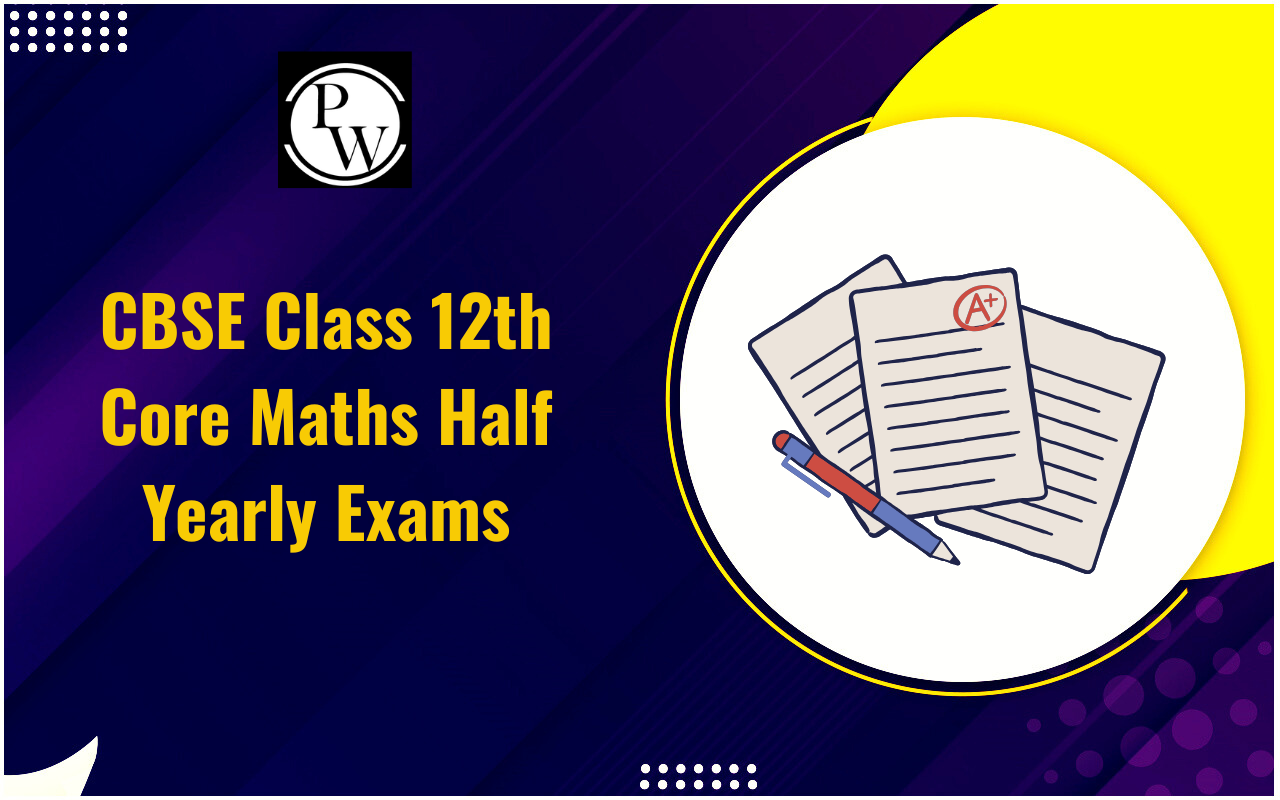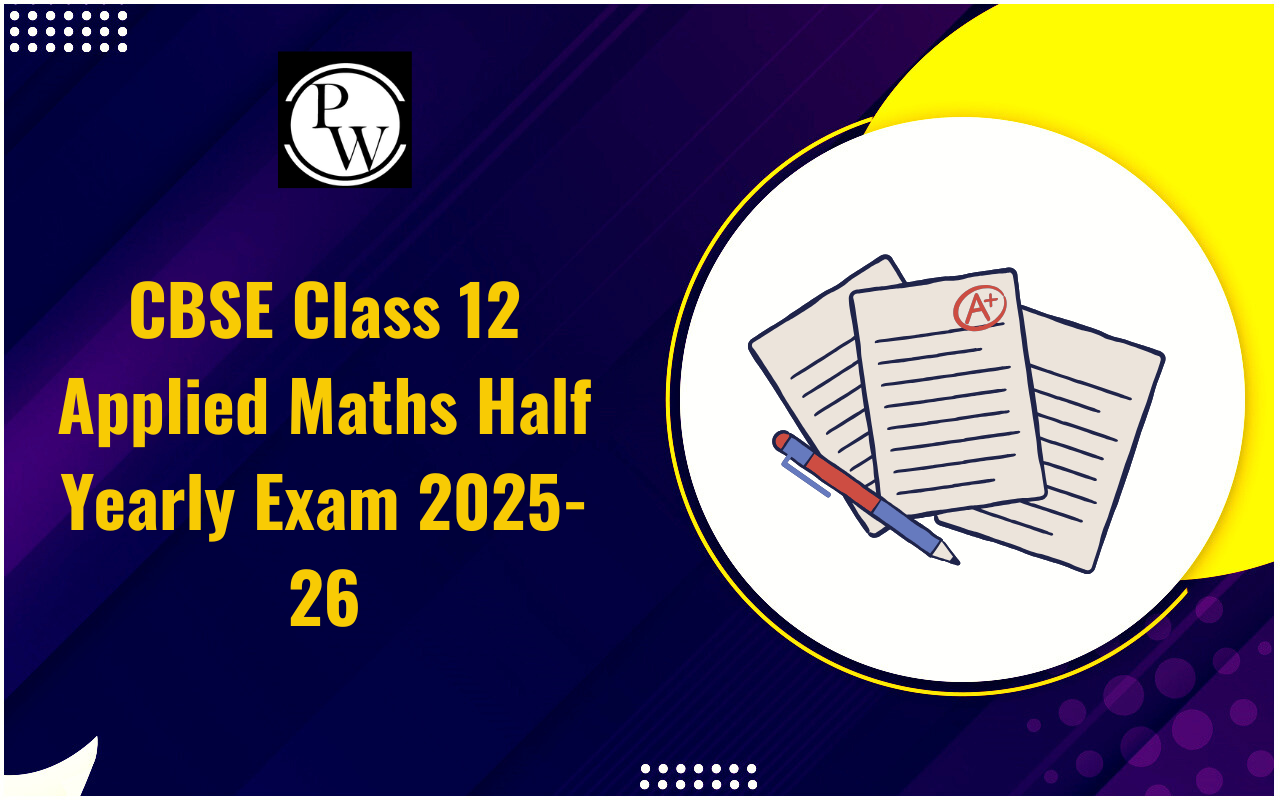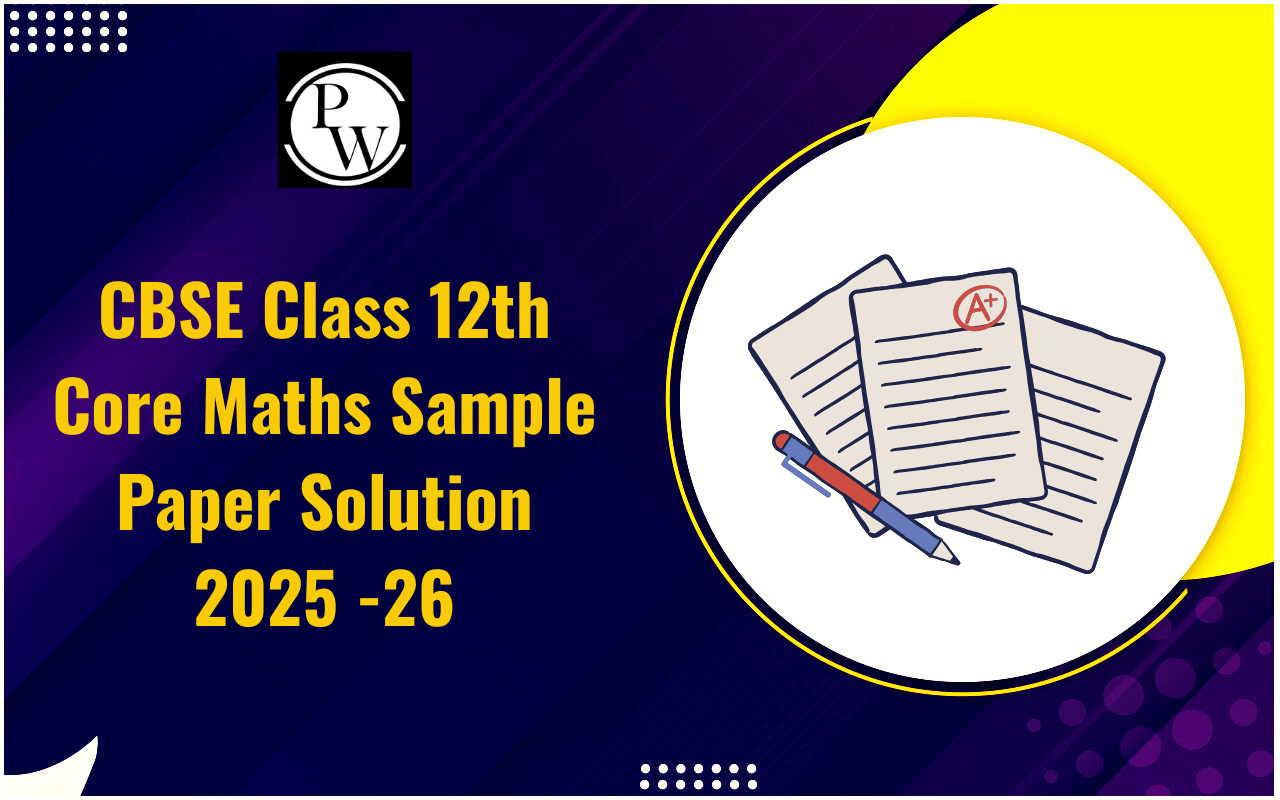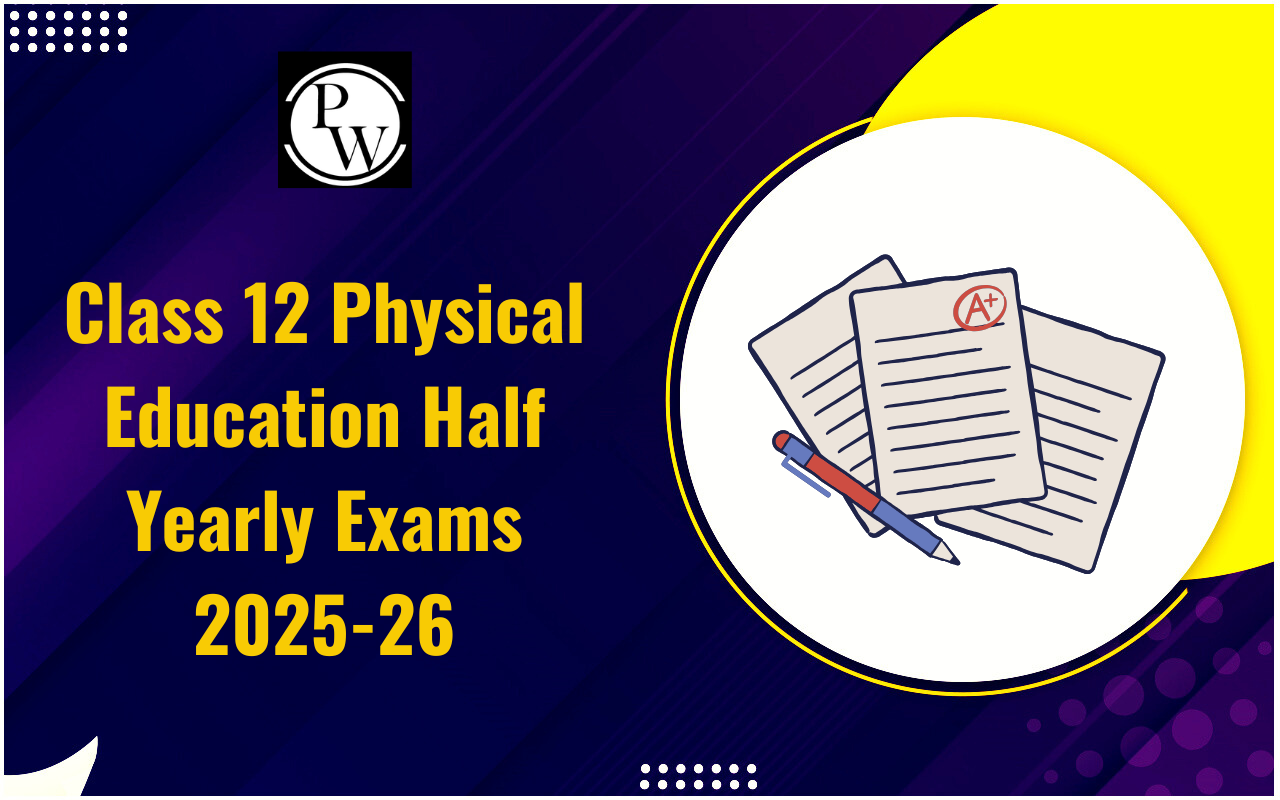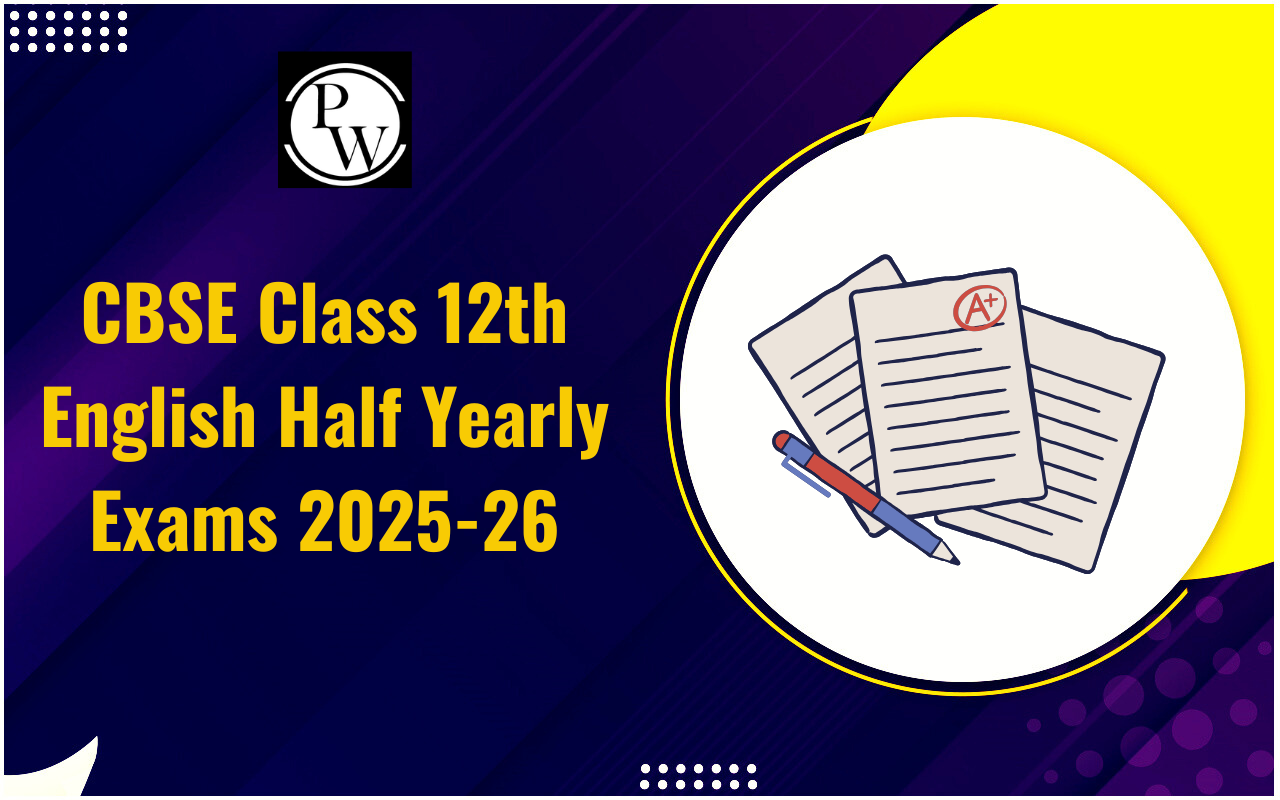
Income vs Receipts Account Class 12: In the Class 12 Accountancy subject, students often need to compare the Income and Expenditure Account with the Receipts and Payments Accounts. Both are important for non-profit organizations, but they serve different purposes. Below, we’ve explained the Income vs Receipts Account Class 12 simply, making it easier for students to understand for the exams.
Meaning of Receipts and Payments Account
Before understanding Income vs Receipts Account Class 12, let’s first focus on the Receipts and Payments Account.
A Receipts and Payments Account is a summary of all cash and bank transactions made by an organisation during a specific accounting period, usually one year. It shows money received (receipts) on the left-hand side and money spent (payments) on the right-hand side.
It includes:
- Capital items such as buying assets (furniture, building) or receiving donations.
- Revenue items such as collecting membership fees or paying electricity bills.
The main feature of this account is that it records transactions only when cash is actually received or paid. It does not matter whether the transaction relates to the current year, past year, or future year, if cash is involved, it is recorded.
Example: If a school receives ₹50,000 as student fees and spends ₹10,000 on buying desks, both will appear in the Receipts and Payments Account.
Meaning of Income and Expenditure Account
The second part of Income vs Receipts Account Class 12 is the Income and Expenditure Account.
This account is similar to a Profit and Loss Account, but it is made for non-profit organisations like clubs, schools, or societies. Instead of showing profit or loss, it shows a surplus (excess of income over expenditure) or a deficit (excess of expenditure over income).
The key point is that it follows the accrual basis of accounting. This means that income is recorded when it is earned, even if the money has not been received yet, and expenses are recorded when they are incurred, even if not yet paid.
It includes only revenue items, that is, items that affect the current year’s income and expenditure. Capital items, such as buying furniture or receiving a building donation, are not recorded here.
Example: If a club has ₹40,000 subscription fees due from members at the end of the year, it will still record the full amount as income, even though the cash has not been received yet.
Why Both Accounts are Important
Without both statements, it would be difficult to get a full picture of the organisation’s financial health. Non-profit organisations use both statements for different purposes:
- The Receipts and Payments Account tells them how much cash they have and how it was spent or received during the year.
- The Income and Expenditure Account tells them whether their activities resulted in a surplus or deficit for the year.
Difference Between Income and Expenditure Account and Receipts and Payments Account
Below, we’ve mentioned the main differences between the two accounts in Income vs Receipts Account Class 12. It shows how their purpose, preparation method, and contents vary.
| Difference Between Income vs Receipts | ||
| Basis of Difference | Receipts and Payments Account | Income and Expenditure Account |
| Type of Accounting | Prepared on a cash basis. | Prepared on an accrual basis. |
| Nature of Items | Includes both revenue and capital items. | Includes only revenue items. |
| Opening Balance | Shows opening cash/bank balance. | No opening balance is shown. |
| Closing Balance / Result | Shows the closing cash/bank balance. | Shows surplus or deficit for the year. |
| Purpose | Shows the actual cash position of the organisation. | Shows overall financial performance for the year. |
| Period Covered | Records all receipts and payments in the year, even if they relate to other years. | Records only incomes and expenses for the current year. |
| Assets and Liabilities | Deals only with cash and bank balances. | Includes all assets and liabilities (except capital items). |
| Adjustments | No year-end adjustments are made. | Year-end adjustments are made (outstanding, prepaid, etc.). |
| Examples of Entries | Membership fees received, cash paid for furniture. | Subscription income for the year, salaries expense. |
Example for Better Understanding
Let’s take an example to understand Income vs Receipts Account Class 12 more clearly:
Receipts and Payments Account:
- ₹1,00,000 membership fees received.
- ₹20,000 spent on sports equipment.
- Both will be recorded because they involve cash transactions, regardless of whether they are capital or revenue in nature.
Income and Expenditure Account:
- Only membership fees that belong to the current year will be recorded as income.
- Sports equipment purchase will not be recorded because it is a capital expense.
This shows how the two accounts differ in terms of items included.
Step-by-Step Preparation in Class 12
For Income vs Receipts Account Class 12, it’s important to know how each account is prepared:
Receipts and Payments Account:
- Write down all receipts on the debit side (left) and all payments on the credit side (right).
- Include both capital and revenue items.
- Start with the opening cash/bank balance and end with the closing balance.
Income and Expenditure Account:
- Record all incomes on the credit side and expenses on the debit side.
- Include only items belonging to the current year.
- Make adjustments for outstanding and prepaid items.
- Find the surplus or deficit by balancing the account.
Importance in Class 12 Exams
The topic Income vs Receipts Account Class 12 is a favourite for examiners because it checks whether students can differentiate between the cash basis and accrual basis of accounting.
In Board exams, questions can be:
- Direct theory question: “State five differences between Receipts and Payments Account and Income and Expenditure Account.”
- Practical question: A Receipts and Payments Account is given, and students have to prepare an Income and Expenditure Account from it.
Students should:
- Always write differences in a table format for clarity.
- Remember the basis of accounting, nature of items, and result.
- Include relevant examples wherever possible.
Common Mistakes Students Make
When answering Income vs Receipts Account Class 12 questions, students sometimes:
- Mix up capital and revenue items in the wrong account.
- Forgot to adjust outstanding or prepaid items in the Income and Expenditure Account.
- Assume both accounts show surplus or deficit (only the Income and Expenditure Account does).
Understanding Income vs Receipts Account Class 12 helps students identify the purpose of each account. One focuses on cash movement, and the other focuses on financial performance. Writing differences in a neat table during exams ensures full marks for such questions.
Income vs Receipts Account Class 12 FAQs
What is the main difference between the Receipts and Payments Account and the Income and Expenditure Account?
Which account shows the financial performance of a non-profit organisation?
Are capital items recorded in the Income and Expenditure Account?
Does the Receipts and Payments Account include opening and closing balances?




